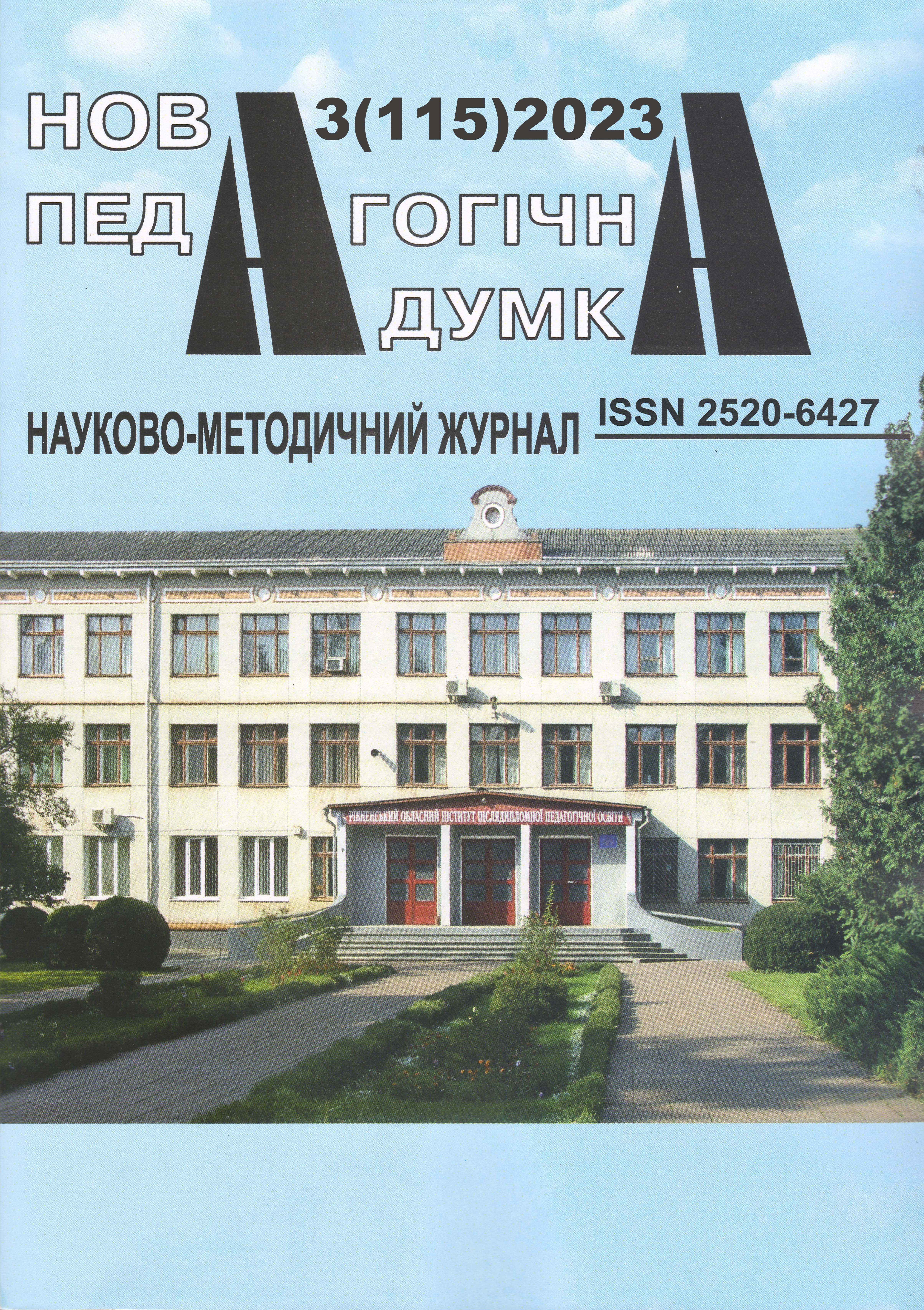Thematic priorities ukrainian urban lyrics at the end of the ХІХth – early ХХ thе century
Abstract
The article deals with the analysis and systematisation of the thematic priorities of Ukrainian urban lyrics of the late nineteenth and early twentieth centuries.
The theoretical and methodological basis of the study is the historical and literary, historical and cultural, comparative, typological, as well as general scientific methods (synthesis, generalisation, systematisation, etc.).
The object of the study is the lyrical works of Ukrainian poets whose semantics most consistently and vividly demonstrate a thematic connection with urban artistic issues, in particular P. Grabovsky, V. Samoilenko, M. Starytsky, Lesya Ukrainka, P. Karmansky, Oleksandr Oles, M. Voronoi, H. Chuprynka, S. Cherkasenko, M. Semenko, and others.
The subject of the study is the thematic priorities of the artistic evolution of the city discourse in Ukrainian poetry of the late nineteenth and early twentieth centuries, revealed in the works of its representatives and attested in the plane of ideological and thematic issues, genre and style principles of artistic organisation of the urban poetic discourse, specific techniques of its poetics.
The scientific novelty of the obtained results lies in the fact that the study characterises a set of basic semantic models of depicting the discourse of the city in Ukrainian urban lyrics of the late nineteenth and early twentieth centuries.
As a result of the study, it has been established that in the period of the late nineteenth and early twentieth centuries the theme of the city was finally established in Ukrainian lyrics as a separate and full-fledged thematic phenomenon of contemporary poetry.
In the works of modernist poets, urban issues are significantly expanded. Along with the traditional social and national-patriotic issues of the realists, the urban poetry of the late nineteenth and early twentieth centuries also contains numerous references to cultural, existential, and metaphysical issues. Among the subject realities of urban poetry of the late nineteenth and early twentieth centuries, images of streets and street crowds, city buildings, means of transport dominate, and such urban realities as a lamppost, a shop, a coffee shop, a garden, a zoo, a city amusement park, a circus, a cinema, a variety show, a pharmacy, etc. are depicted. In addition to the actual objects of urban development and transport infrastructure, modernist poets actively introduce into their works certain object attributes of the city, such as asphalt, metal, stones, glass, smoke, electricity, etc.





